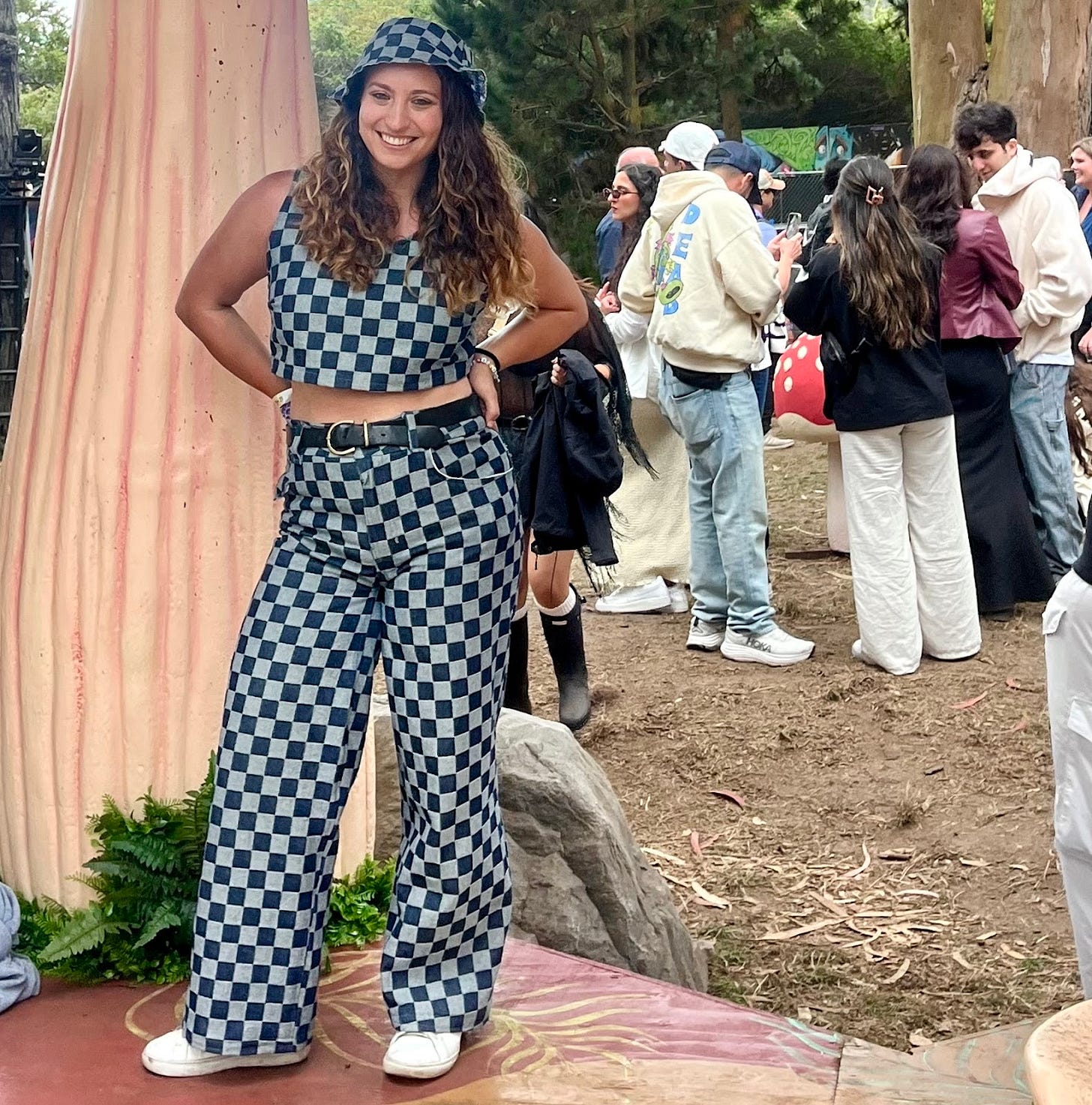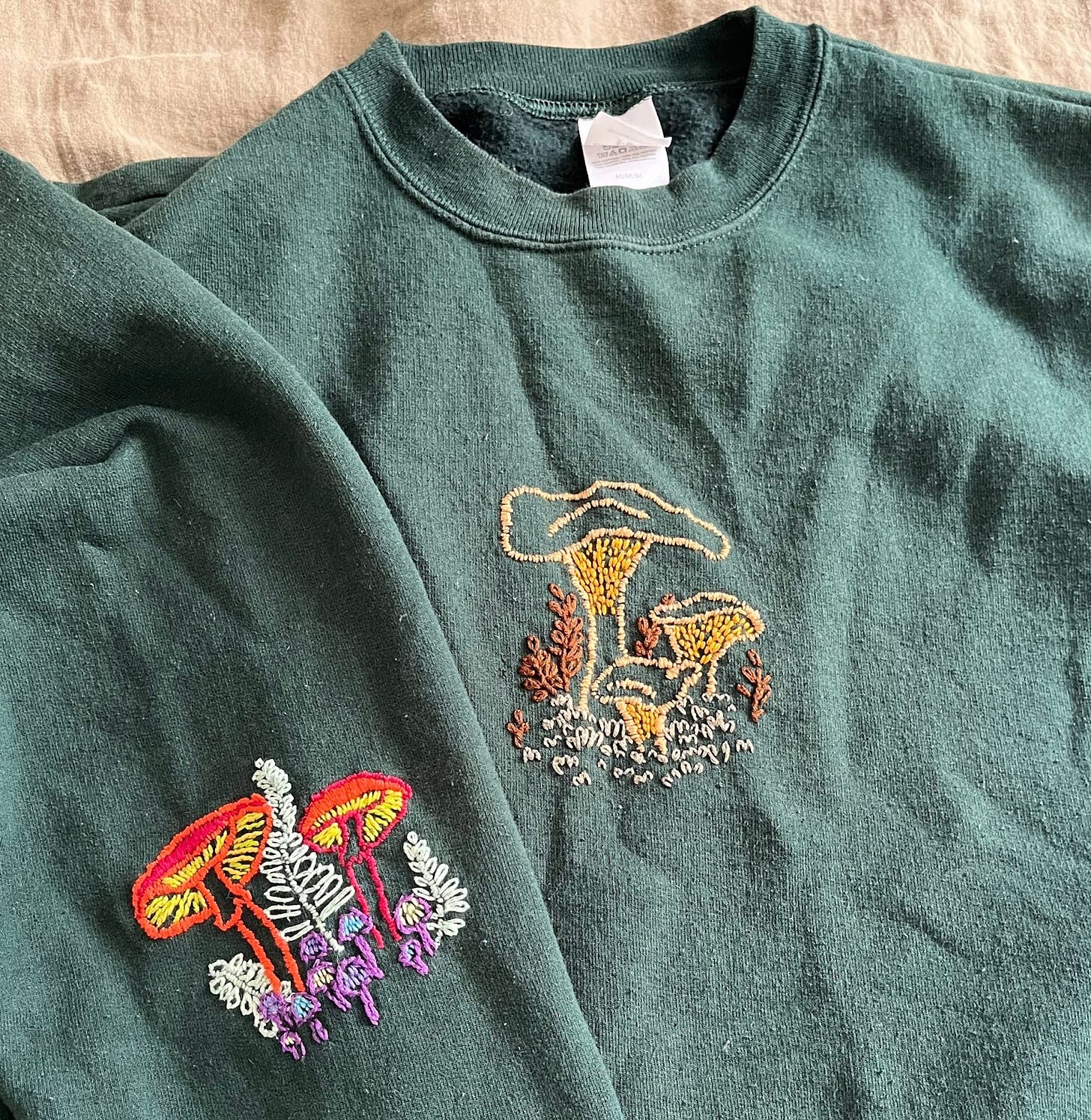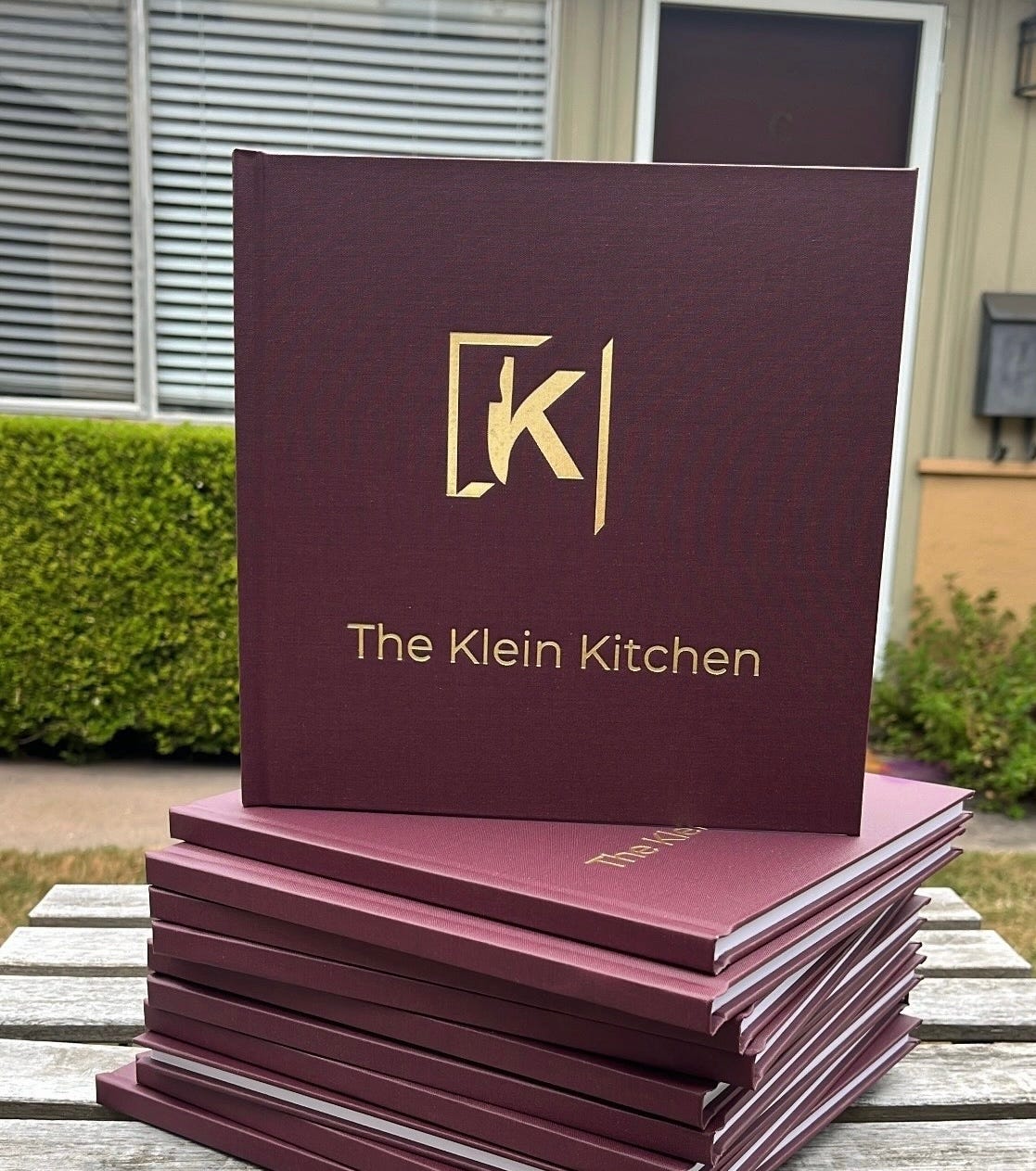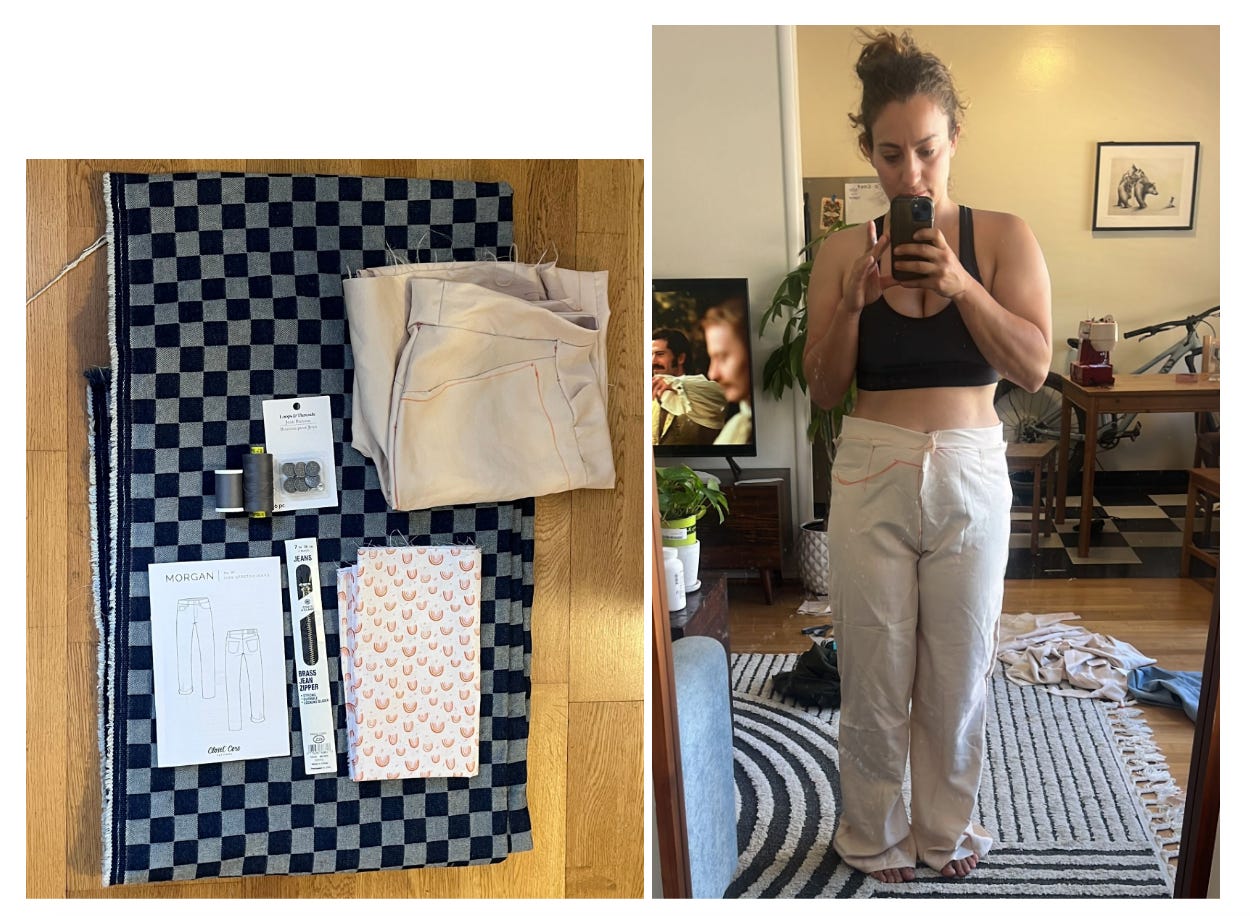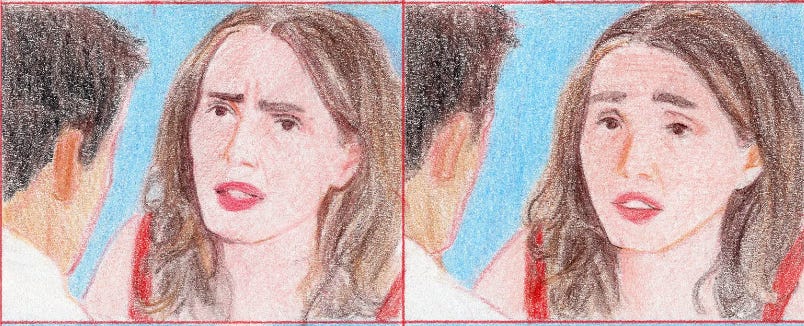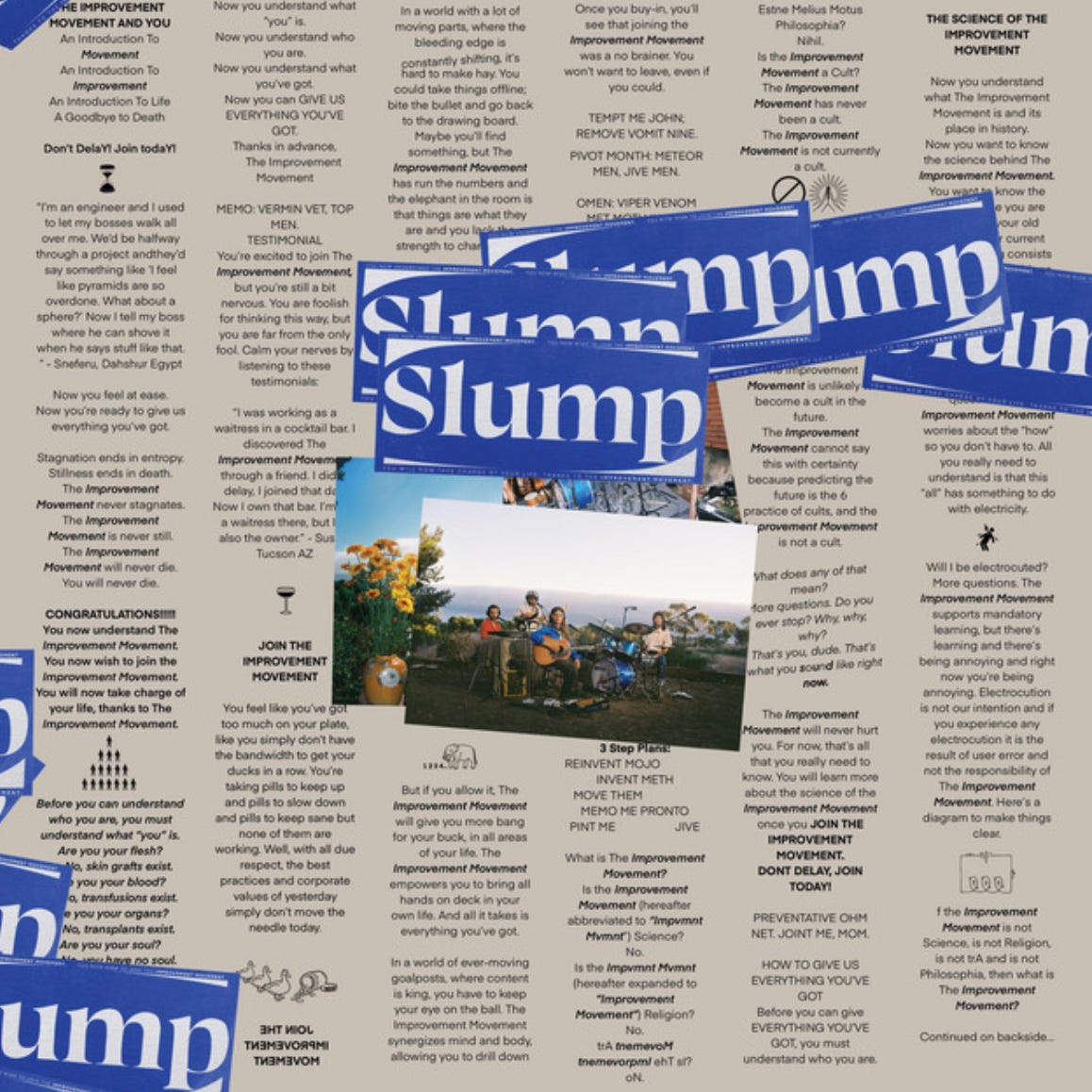Why you need an active leisure
Science says it makes you healthier and more successful. It makes me more fly.
In February, Joann Fabric announced it was going out of business. So before it shuttered for good, I stopped by to see if any fabric might inspire me. As I browsed the fleeces, cottons, jersey and mesh the only thing that caught my eye was a roll of checkered denim. Oh no, I thought, please let there be something else I like because otherwise I’m going to have to learn how to make jeans.
This is the story of how I came to make those jeans and why.
In 2019, I went to Burning Man with a first-year camp that had an ambitious LED art installation that, to be honest, we didn't execute very well. But for the summer I was helping my camp solder LEDs, pour protective acrylic, build monkey huts to shade tents from the sun, laser cut materials and many other manual labor, artistic tasks. After almost 10 years working mainly on a computer, I was finally using my hands again for something other than typing. I was participating in something I’d heard called Active Leisure.
I’m not sure this is an officially recognized term, but to my understanding, active leisure is an hobby that is fundamentally creationist instead of consumerist. Passive leisure is watching a movie, reading a book, scrolling Instagram, listening to music. Active leisure is knitting, writing a book review on Goodreads, playing music, cooking or coding an app for fun. Active leisure shouldn’t be confused with physical leisure, which includes things like hiking, working out, playing soccer ect.
Burning Man is a testament to what can be achieved with active leisure. An entire city filled with theme camps, art installations, concerts and infrastructure all created by people who voluntarily use their time to create something. Many burners will tell you Burn week is just the cherry on top of a long, enjoyable year of creating.
The year after Burning man, during the pandemic, I was living at home. I was mostly unemployed and like everyone else, very bored. I made a goal to do one active leisure activity a day. I taught myself how to embroider and worked on a mushroom sweatshirt for a few weeks. I took up knitting again. I practiced crocheting while listening to podcasts. I even counted writing in my journal.
These hobbies kept me sane during a time when everyone was slowly going insane. It also kept me off screens. A 2023 Nature Medicine study found that people with hobbies tend to be healthier, happier, less lonely and less likely to develop depression. Scientists who won Nobel Prizes were three times more likely to have a hobby completely unconnected to their scientific career than peers who hadn’t won a Nobel Prize. In fact, the further away a hobby was from your career, the better it was for your self-esteem.
The active leisure I still keep up with these days mostly falls into the crafting category: sewing, embroidery and crocheting — very different than my life as a writer. I also created a family cookbook which, while it did keep me behind a screen, was mostly graphic design with just a bit of writing.
I identify as an extremely creative person stuck inside an uncreative body. I can’t paint or draw. I can’t sing or play music. Even my favorite active leisure can feel like an uphill battle with my spatial dyslexia — sewing patterns are a nightmare for me and knitting patterns even worse. This is one of the reasons I was so reluctant to take on the challenge of sewing jeans. I knew following a complicated pattern was going to come with so many headaches, frustrations and failures for me. But hobbies encourage you to “take on challenges, persist in the face of difficulties, and recover from setbacks,” according to a study from 2020.
One thing I have noticed creeping capitalism into many people’s leisure hobbies. There seems to be pressure to “commodify hobbies” Or turn hobbies into side hustles. Making jewelry for fun? You should open an Etsy story. Writing fan fiction? Maybe you should try to get published? Like outdoor activities and cooking? Maybe start an energy bar company and try to get it sold in REI but end up giving most of the bars away for free to friends and family.
Abbey Humphreys-Morris calls this the “entrepreneurial ideology” in her thesis from Ryerson University. “The feeling as though one needs to gain something from their leisure activity in an effort to create both social and market capital.” In the Bay Area, where garage startups have a habit of turning into multibillion-dollar giants, the entrepreneurial ideology runs deep. As does the side hustle mindset.
An ideal hobby “would be low in seriousness and low in similarity to your current work,” writes Jeff Haden, author of The Motivation Myth. Monetizing a hobby instantly makes it more serious. The overjustification effect — the phenomenon that an expected external incentive such as money decreases a person’s intrinsic motivation to perform a task — proves the phrase “if you do what you love, you will never work a day in your life” is fundamentally wrong.
So back to the pants. I made three different patterns, but none worked. They were too tight in the thighs and too loose at the waist." I ended up drafting off a pair of jeans I already owned. And then I still had to make mock pants out of sheets six times before I got the right fit
I spent $60 on a 13-part step-by-step video tutorial which I probably watched at least ten times over the course of the project. I learned how to top-stitch, make pockets, install a zipper and sew a button hole. After about four months and I have no idea how many hours, I had a pair of jeans. And once I completed them, I felt addicted. I made a matching top and bucket hat just to keep having an after-work activity that didn’t involve watching TV.
But at Outside Lands, whenever anyone complimented my outfit, I got to say the active leisurian’s favorite phrase: “I made it!”
From my archives
Is carbon accounting the new trendy job? — CFO Brew
I liked this quote from one of my sources: “Financial accounting almost separates you as a human from other humans and from nature. When you start looking at greenhouse gas, you have to look at the connections.”
What I’m reading
The Trouble With Wanting Men — The New York Times
Women are so fed up with dating men that the phenomenon even has a name: heterofatalism. So what do we do with our desire?
And Crying in H Mart by Michelle Zauner
What I’m listening to
See you in the wild
Jesse


